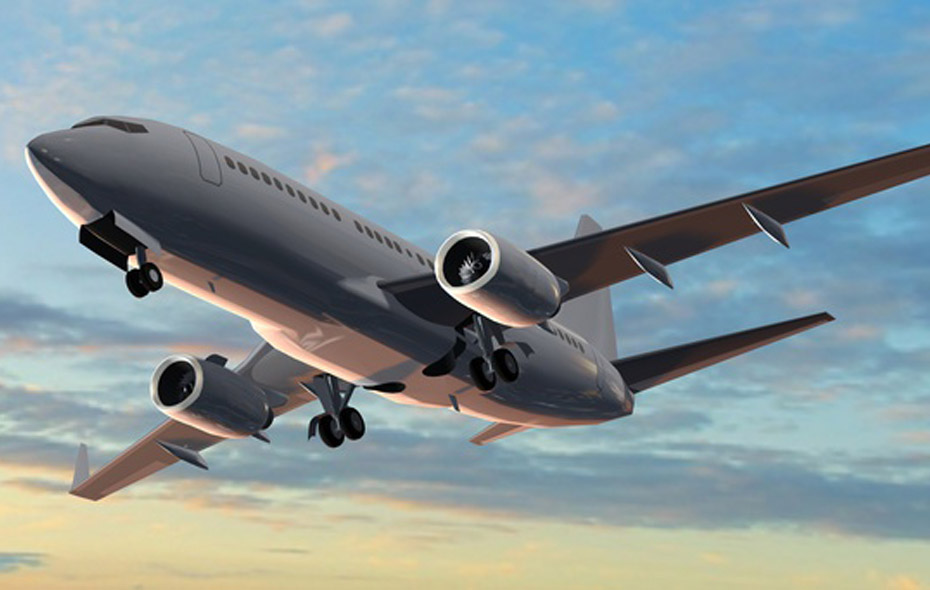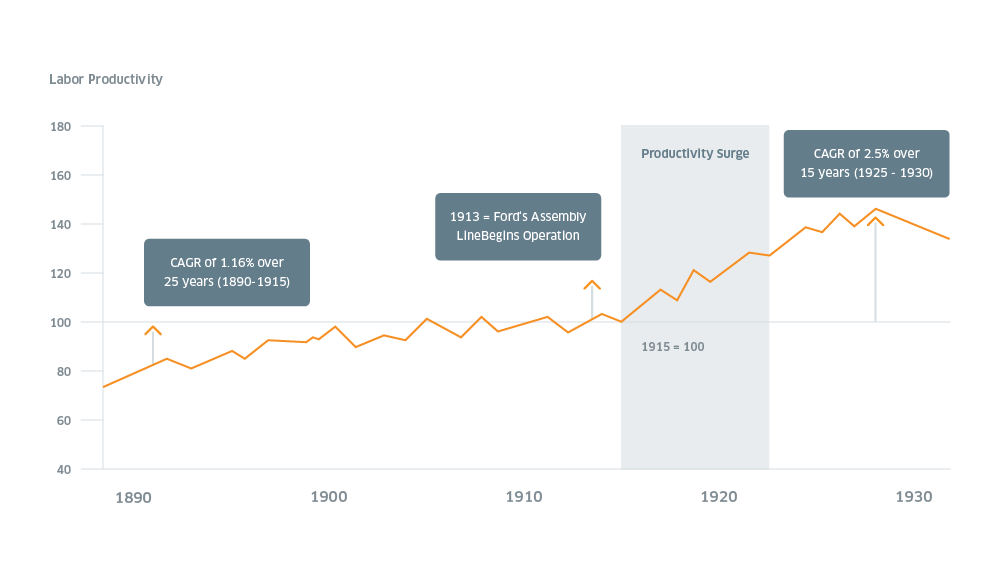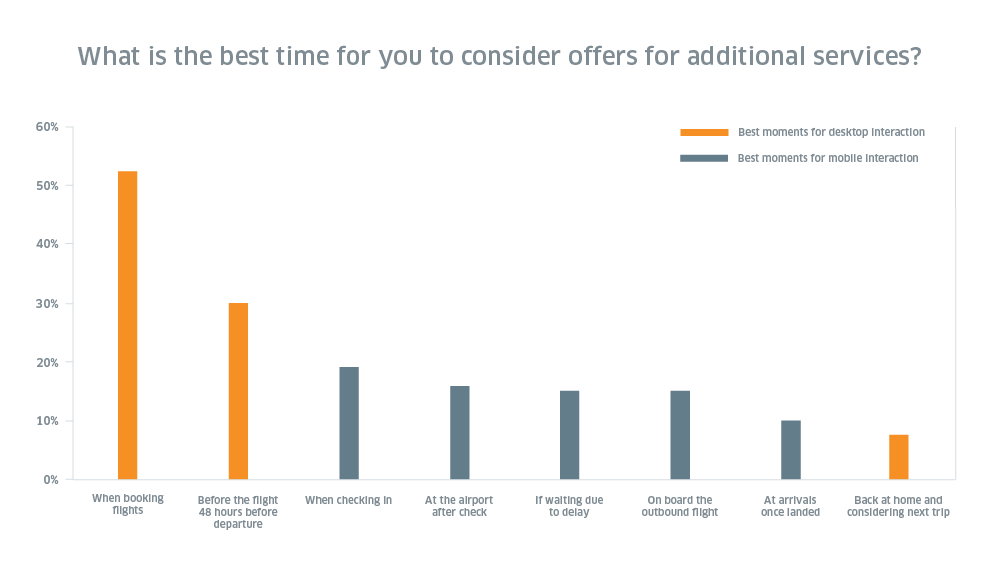Get in touch


I’ve just returned from the ACI Airport Commercial & Retail Conference & Exhibition in Helsinki, where the major topic was “Commerce and Retail”. The event featured many big players from airports, airlines and the travel business.
They all know that they have, or could have, data about their customers available at their fingertips – a golden source we all know is key for successfully growing their respective businesses. It goes without saying that their business is at its limits; digital is a key to continued success, particularly as it is a precondition for winning and keeping customers long-term – as they no longer make purchases based primarily on price, but make their decisions based on other, more important, factors. So, the question for all stakeholders who want to go digital is, “how”?
Wait and see what others do, look for startups with innovative solutions, follow the success of app solutions such as filo with the numbers they’ve achieved so far (900 Airports, 450x Wi-Fi Login, 250x Airport Guides, etc.) or start to “learn and adopt”. The pain isn’t so great at the moment, but will be similar to the pain the fashion-, retail- and supermarket businesses have felt.

Figure 1: Labor Productivity in the Electrification Era Surged as Organizations Redesigned Operation (Source: Adapted from Erik Brynjolfsson and Andrew McAfee, “The Second Machine Age”, January 2014)
An interesting chart by Erik Brynjolfsson and Andrew McAfee (Figure 1) shows that, when industrialization came along, many things had to change when (re)organizing operations. The DNA of airports and airlines has been to optimize the organization of flight operations, now it is time to turn to optimizing customer journey “operations”.

Or, one could say, just as maximizing the efficiency of the “turnaround time” of planes, the same will happen with passengers from the perspective of the “perfect customer journey”.
Therefore, the shopping experience will change dramatically and is already in the process of doing so. Global duty free players such as Dufry with “This is your last chance to buy” and others are just as challenged as many others in the industry.

Figure 2: What is the best time for you to consider offers for additional services? (Source: Amadeus)
Airlines have the very first “touchpoint” with customers who are starting their travel journey, as they need a ticket to travel first; the same to travel agencies. Airports are second in the customer journey next to hotel, car hire, parking, and further travel activities. Many players have to move into new and for them unknown areas of the business. The ones that have been leading the market, will or could easily be overtaken and will miss out on unlocking significant revenue potential.
Many players already have the personnel, location and off-line business, but no brand awareness, no corporate culture that allows for rapid adaption to the changing digital reality, no fast-moving digital solutions and, last but not least, they lack operative and strategic digital skills. For digital evolution to take place, companies need to cover all of these items mentioned and also need the awareness that this is just the beginning.
Even though airlines have already taken “first steps”, and on-plane Wi-Fi is / will be standard in 18 to 30 months, airports are in the position to cover the complete Omnichannel experience within a “confined area”, combined with customer “turn-around” time – while also being a funnel for all travelers. A combination of both will bring a perfect customer journey to life.
You order during your flight or before you start travelling, have your purchases delivered to the gate at your destination, or the luggage belt or even to your home. This, combined with the “golden source” of customer data, shared by airport and airline, creates outstanding potential for both and will evolve convenient new services for the market.
A major “digital” evolution is happening right this moment. And though it is still a little under “stealth mode”, it will rapidly unveil the disruption taking place in the industry.
Need more food for thought? Find additional information about retail in the travel industry here.